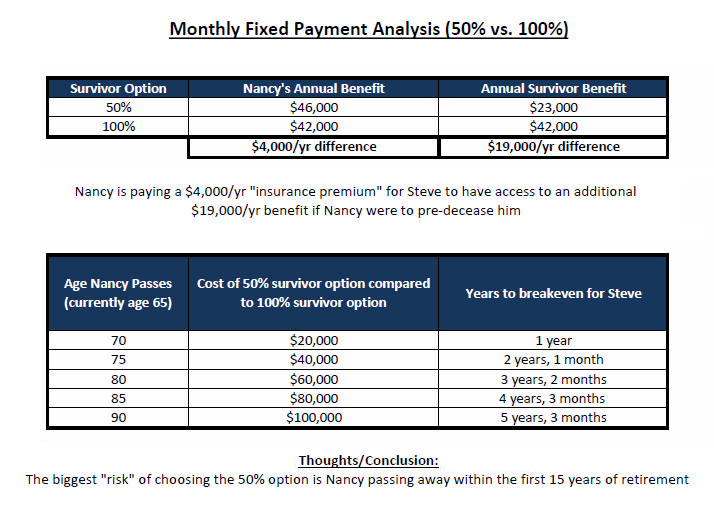Why Retirees Should Consider Renting
 Contributed by: Nick Defenthaler, CFP®
Contributed by: Nick Defenthaler, CFP®
“Why would you ever rent? It’s a waste of money! You don’t build equity by renting. Home ownership is just what successful people do.”
Sound familiar? I’ve heard various versions of these statements over the years, and every time I do, the frustration makes my face turns red. I guess I don’t have a very good poker face!
As a country, we have conditioned ourselves to believe that homeownership is always the best route and that renting is only for young folks. If you ask me, this philosophy is just flat out wrong and shortsighted.
Below, I’ve outlined various reasons that retirees who have recently sold or are planning to sell might consider renting:
Higher Mortgage Rates
The current rate on a 30-year mortgage is hovering around 4.6%. The days of “cheap money” and rates below 4% have simply come and gone.
Interest Deductibility
Roughly 92% of Americans now take the standard deduction ($12,200 for single filers, $24,400 for married filers). It’s likely that you’ll deduct little, if any, mortgage interest on your return.
Maintenance Costs
Very few of us move into a new home without making changes. Home improvements aren’t cheap and should be taken into consideration when deciding whether it makes more sense to rent or buy.
Housing Market “Timing”
Home prices have increased quite a bit over the past decade. Many experts suggest homes are fully valued, so don’t bank on your new residence to provide stock-market-like returns any time soon.
Tax-Free Equity
In most cases, you won’t see tax consequences when you sell your home. The tax-free proceeds from the sale could be a good way to help fund your spending goal in retirement.
Flexibility
You simply can’t put a price tag on some things. Maintaining flexibility with your housing situation is certainly one of them. For many of us, the flexibility of renting is a tremendous value-add when compared to home ownership.
Quick Decisions
Rushing into a home purchase in a new area can be a costly mistake. If you think renting is a “waste of money” because you aren’t building equity, just look at moving costs, closing costs (even if you won’t have a mortgage), and the level of interest you pay early in a mortgage. Prior to buying, consider renting for at least two years in the new area to make darn sure it’s somewhere you want to stay.
Every situation is different, but if you’re near or in retirement and thinking about selling your home, I encourage you to consider all housing options. Reach out to your advisor as you think through this large financial decision, to ensure you’re making the best choice for your personal and family goals.
Nick Defenthaler, CFP® is a CERTIFIED FINANCIAL PLANNER™ at Center for Financial Planning, Inc.® Nick works closely with Center clients and is also the Director of The Center’s Financial Planning Department. He is also a frequent contributor to the firm’s blogs and educational webinars.
Any opinions are those of Nick Defenthaler, CFP® and not necessarily those of RJFS or Raymond James. The information contained in this report does not purport to be a complete description of the securities, markets, or developments referred to in this material. Investing involves risk and you may incur a profit or loss regardless of strategy selected.













